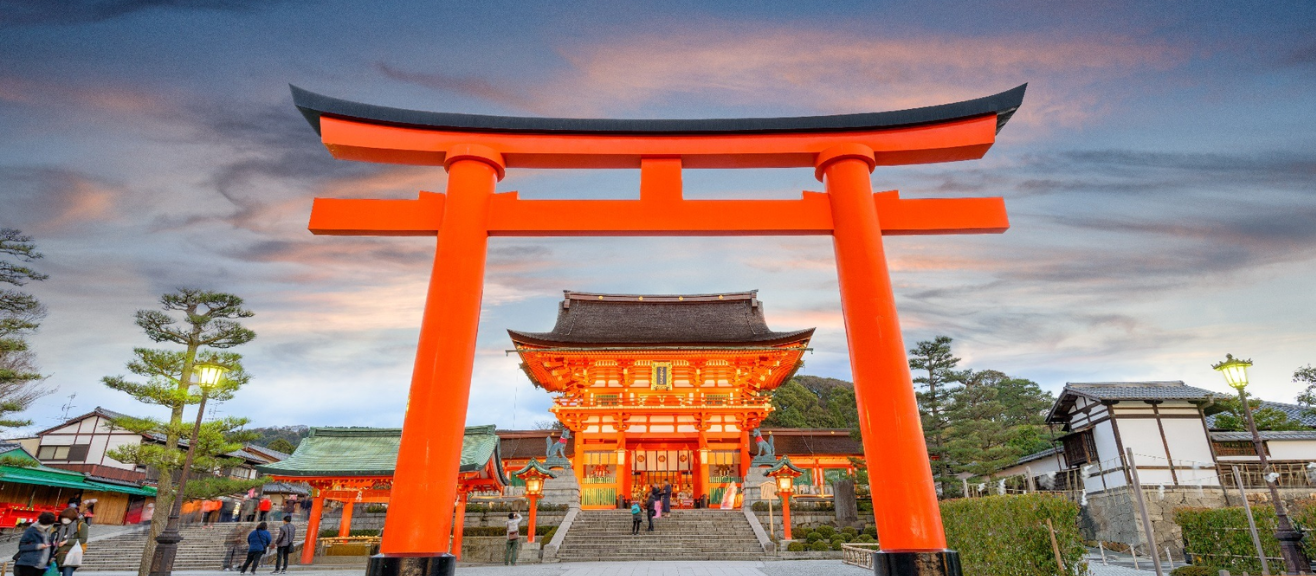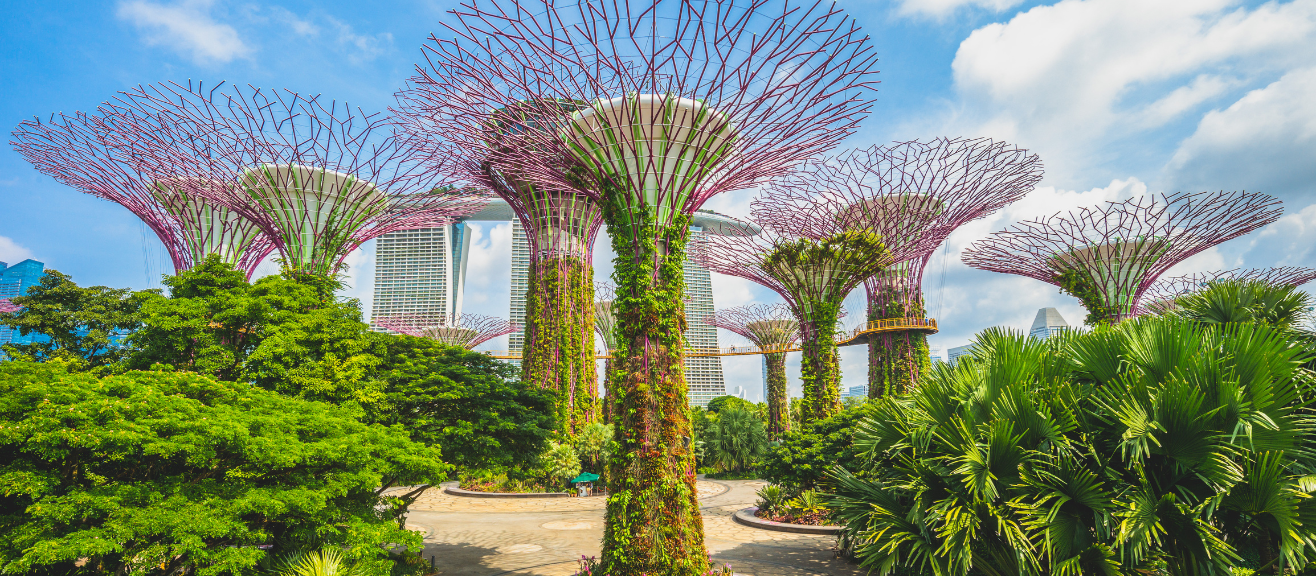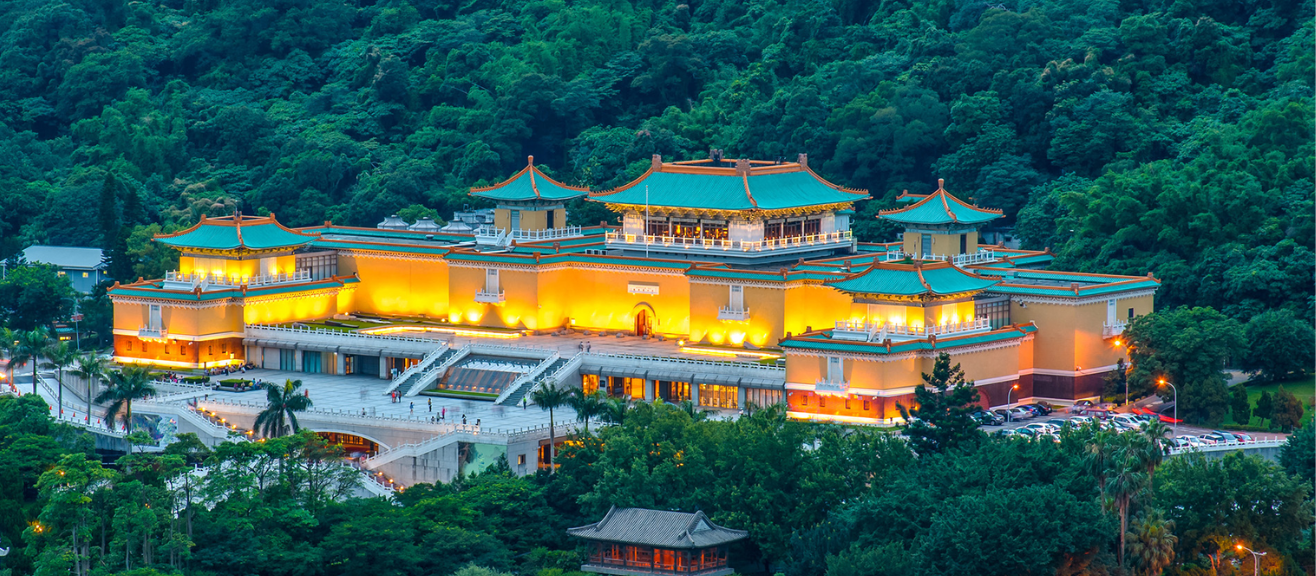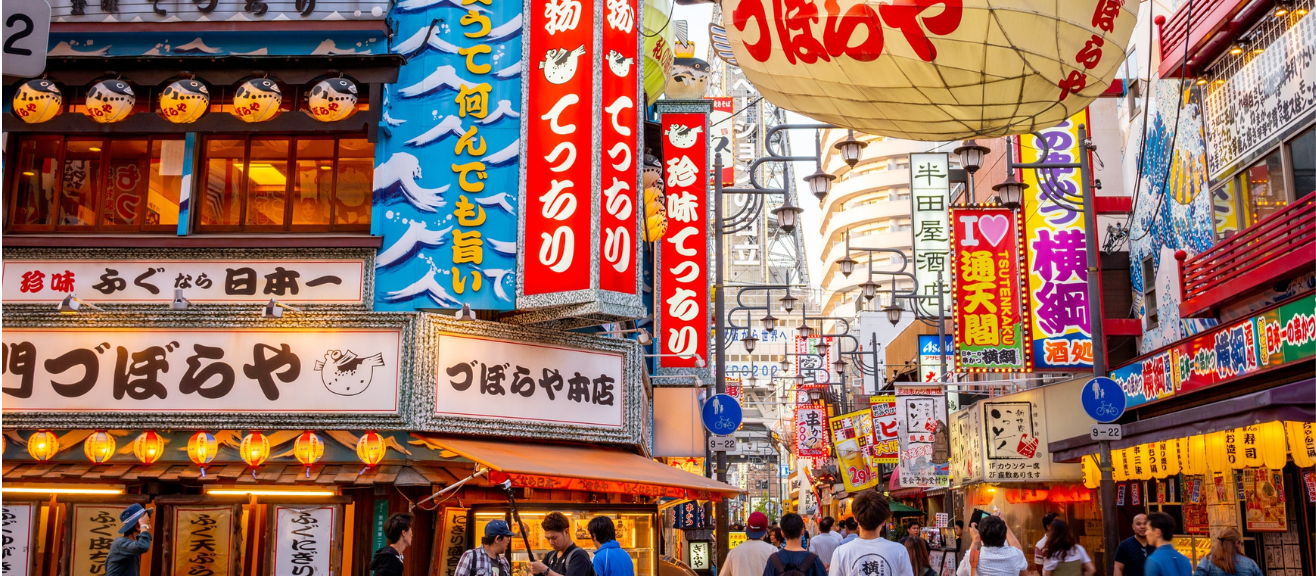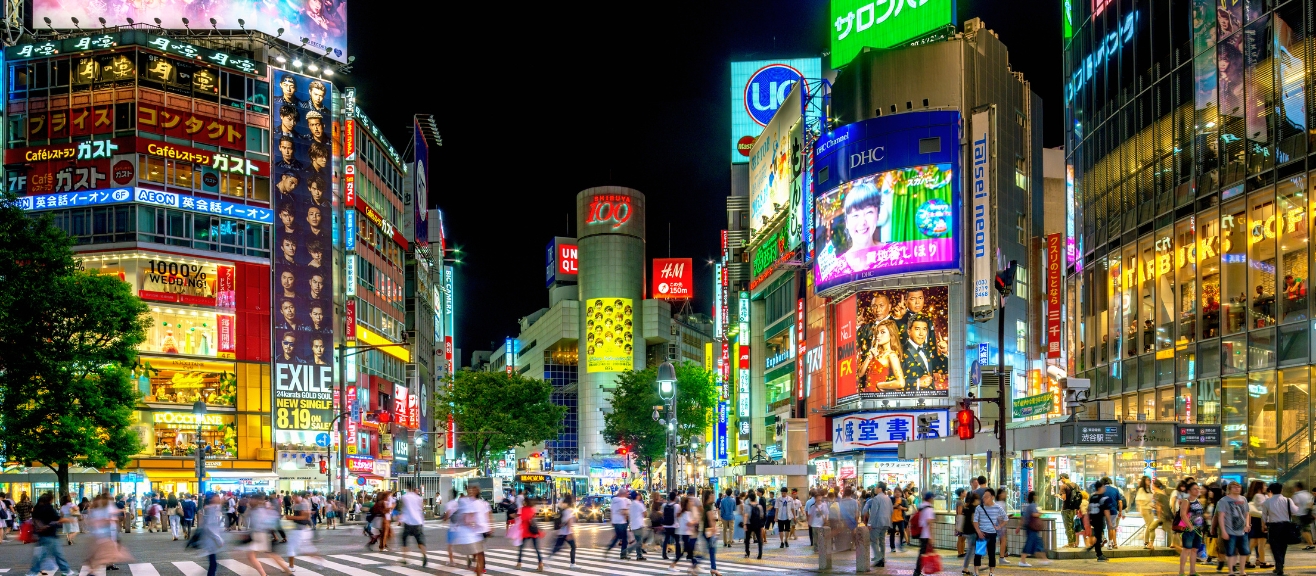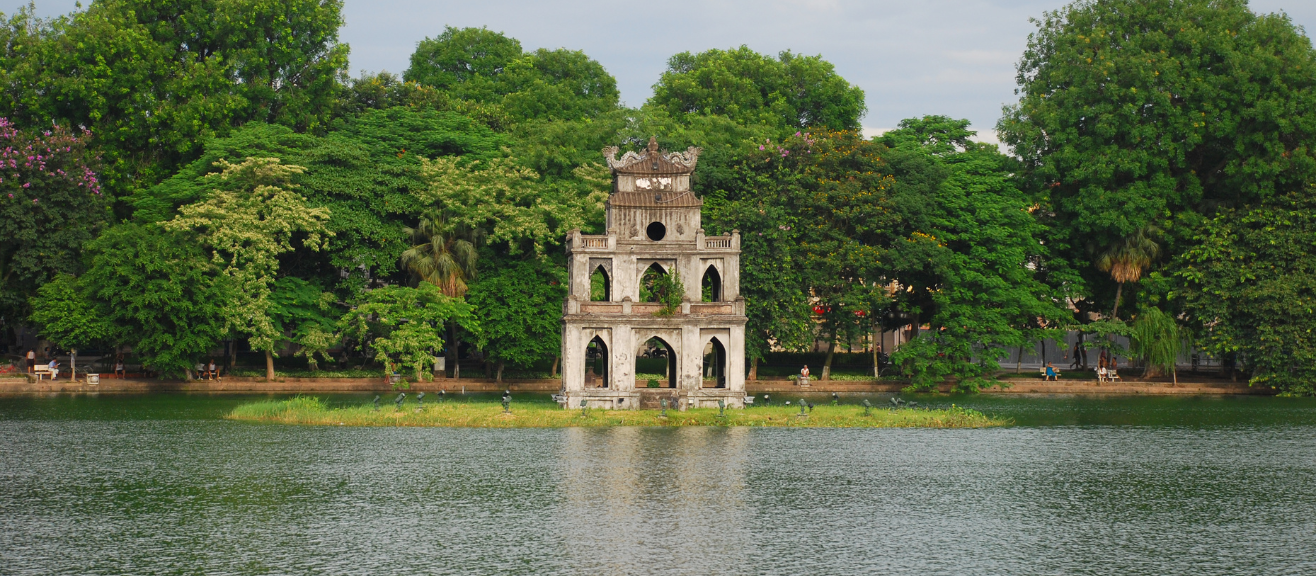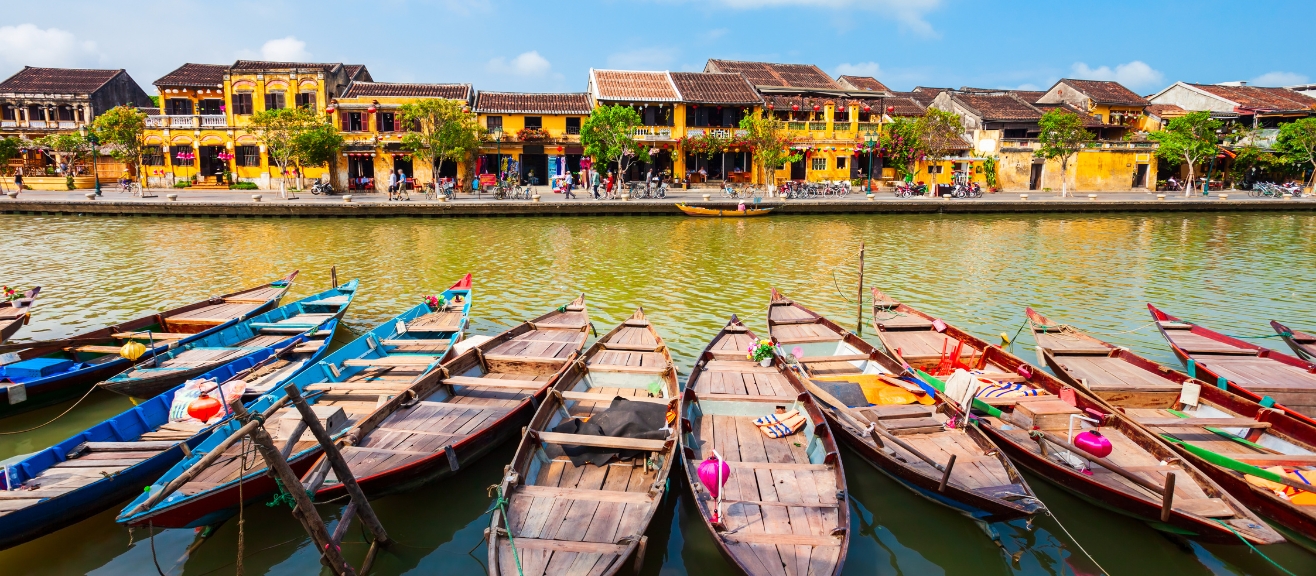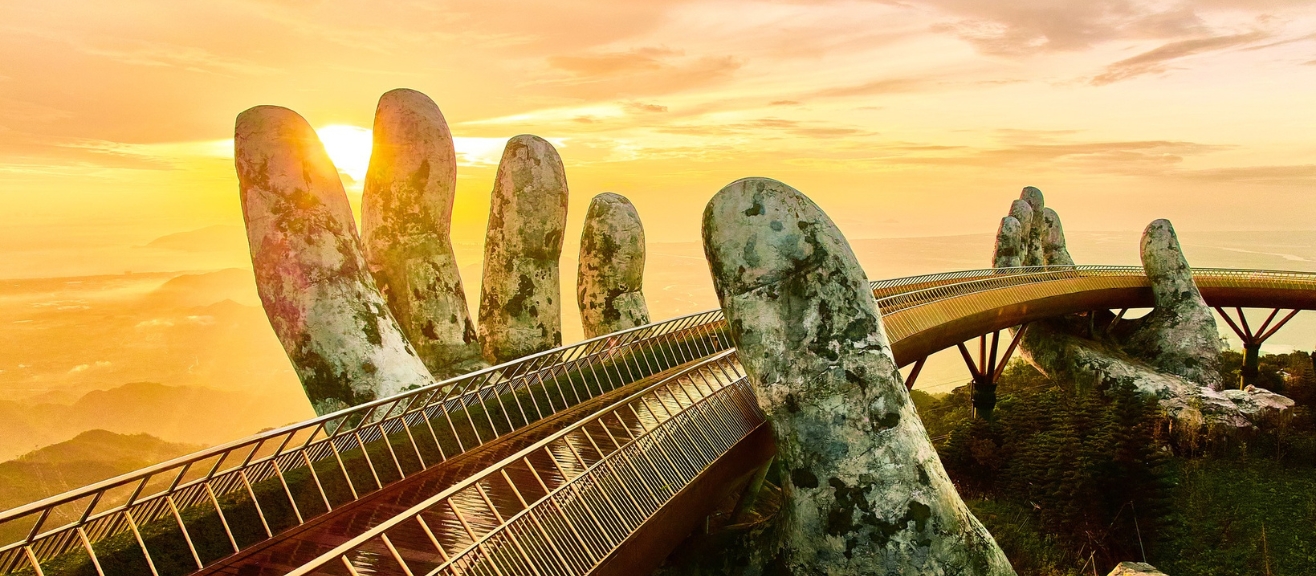Fushimi Inari Taisha: The Iconic Shrine in Kyoto
Fushimi Inari Taisha Overview
Arriving at Fushimi Inari Taisha in Kyoto feels like stepping into a living legend. The scent of cedar and incense drifts softly through the air as your footsteps echo beneath thousands of vermilion torii gates arching overhead. Sunlight flickers between the gates like moving gold, and the faint rustle of silk and prayer bells mingles with the murmur of pilgrims making their way up Mount Inari. Founded in 711 and dedicated to Inari Okami, the deity of rice, prosperity, and good fortune, this grand shrine embodies both beauty and spiritual power. Its iconic Senbon Torii—the endless tunnel of red gates—symbolizes gratitude, with each gate donated by individuals or companies praying for success. In the rest of this guide, you’ll discover everything you need to plan your visit: how to get there, the best times to explore, insider tips for buying Fushimi Inari Taisha tickets, and the top things to do in Kyoto around the shrine. Get your Fushimi Inari Taisha tickets on laimi.com .
📅 Best Times to Explore Fushimi Inari Taisha
The best time to visit Fushimi Inari Taisha is very early in the morning before 7 a.m. or later in the evening after sunset. Early mornings bring soft light perfect for photos and fewer crowds to enjoy the peaceful trail. Evening visits reveal a different kind of magic as the crowds disperse and the shrine transforms under dimming skies. Avoid midday, especially around 10 a.m. onwards, when the paths become congested and photos are challenging due to harsh light and crowds. Severe weather seasons and Japanese public holidays also tend to affect visitor numbers, so try to plan your visit accordingly. For a month-by-month weather breakdown, check out our full guide on the best time to visit Kyoto. Try to avoid local peak periods; our Japan public holiday calendar can help you plan around them.
🚇 Getting to Fushimi Inari Taisha
Fushimi Inari Taisha is located at 68 Fushimi Inari, Fushimi-ku, Kyoto 612-0882, Japan, at the southern edge of Kyoto. It is easily accessible from Kyoto city center by several convenient transportation options. The most popular way to get there is by taking the JR Nara Line from Kyoto Station to Inari Station, a short 5-minute ride costing about 140 yen. The shrine entrance is just a few steps from Inari Station, making this option very quick and easy. Alternatively, visitors coming from eastern Kyoto areas like Gion or Sanjo can take the Keihan Line to Fushimi-Inari Station, with an 8 to 10-minute journey; from there, the shrine is a short walk away as well.
For those who prefer a private or more flexible mode of transport, taxis are a comfortable choice, with fares typically ranging from 2,000 to 3,000 yen from central Kyoto. Another flexible option is renting a car, often charged by the kilometer, allowing you to explore nearby attractions at your own pace. Bus lines also serve the area, including routes from Kyoto Station to bus stops close to the shrine with a short walking distance. Overall, Fushimi Inari Taisha’s location and variety of transport choices make it a highly accessible destination, ideal for first-time visitors looking for ease and efficiency on their trip đền Fushimi Inari.
⏰ Opening Hours & Ticket Information at Fushimi Inari Taisha
Fushimi Inari Taisha is open 24 hours a day, 365 days a year, allowing visitors to explore the shrine's iconic torii gates and paths at any time. Entrance to the shrine is free of charge, making it highly accessible for travelers and locals alike. However, shops and food stalls around the shrine usually operate from 9:00 a.m. to 5:00 p.m. To experience the most peaceful visit, arriving early in the morning or near sunset is recommended.
| Season | Visiting Hours | Notes |
|---|---|---|
| All Year | Open 24 hours | Free admission |
| Shops & Restaurants | 9:00 a.m.–5:00 p.m. | Hours vary by vendor |
| Early Morning | 5:00 a.m.–8:00 a.m. | Best for quiet exploration |
| Evening | After sunset | Lantern-lit shrine paths |
| Festival Seasons | Dates vary | Expect cultural events and crowds |
Ticket Information
There is no admission fee to enter Fushimi Inari Taisha or the surrounding shrine grounds. Donations are welcomed but optional for those who wish to support the shrine. If you prefer guided experiences, numerous tours and audio guides are available for booking online, providing historical context and insights into the shrine's spiritual significance.
For live updates on hours, festivals, and events, check the official Fushimi Inari Taisha website or laimi.com’s ticket page. Booking early can also secure your spot for guided tours or special experiences.
Festivals and Events at Fushimi Inari Taisha
Saitan-sai (January 1, 6:00 a.m.)
New Year prayers for peace, safety, and prosperity, attracting early morning visitors to witness the first blessings of the year.
Oyama-sai (January 5)
Midday shrine ceremonies and mountaintop prayers for health and safety.
Setsubun-sai (Early February, 9:00 a.m.)
Spring festival involving bean scattering to drive away evil spirits and welcome good luck.
Hatsuuma Taisai (First Day of the Horse)
A historic festival celebrating the shrine’s founding with processions and blessings for harvest and prosperity.
Inari-sai and Shinko-sai (April)
Major shrine festivals featuring portable shrine parades, traditional music, and rice planting rituals.
Oharae-shiki (June 30, 3:00 p.m.)
Summer purification ceremony symbolic of cleansing sins by sending impurities away via doll-like figures.
Motomiya-sai (July)
Gathering of worshippers from all Inari shrines across Japan, with nighttime ceremonies and early morning worship.
Hitaki-sai and Mikagura (November 8)
Autumn fire festival including the burning of prayer tablets and ancient imperial music and dance performances.
Oharae-shiki (December 31)
Year-end purification ritual to cleanse past six months and prepare for the new year.
Arriving before 7:00 a.m. offers a quieter experience, while visiting at sunset provides beautiful lighting for photos. Hours may adjust during festivals or due to weather; confirm details on official and [](⏰ Opening Hours & Ticket Information for Fushimi Inari Taisha
Fushimi Inari Taisha is open 24 hours a day, 365 days a year, allowing visitors to explore the shrine's iconic torii gates and paths at any time. Entrance to the shrine is free of charge, making it highly accessible for travelers and locals alike. However, shops and food stalls around the shrine usually operate from 9:00 a.m. to 5:00 p.m. To experience the most peaceful visit, arriving early in the morning or near sunset is recommended.
| Season | Visiting Hours | Notes |
|---|---|---|
| All Year | Open 24 hours | Free admission |
| Shops & Restaurants | 9:00 a.m.–5:00 p.m. | Hours vary by vendor |
| Early Morning | 5:00 a.m.–8:00 a.m. | Best for quiet exploration |
| Evening | After sunset | Lantern-lit shrine paths |
| Festival Seasons | Dates vary | Expect cultural events and crowds |
Ticket Information
There is no admission fee to enter Fushimi Inari Taisha or the surrounding shrine grounds. Donations are welcomed but optional for those who wish to support the shrine. If you prefer guided experiences, numerous tours and audio guides are available for booking online, providing historical context and insights into the shrine's spiritual significance.
For live updates on hours, festivals, and events, check the official Fushimi Inari Taisha website or laimi.com’s ticket page. Booking early can also secure your spot for guided tours or special experiences.
Festivals and Events at Fushimi Inari Taisha
Saitan-sai (January 1, 6:00 a.m.)
New Year prayers for peace, safety, and prosperity, attracting early morning visitors to witness the first blessings of the year.
Oyama-sai (January 5)
Midday shrine ceremonies and mountaintop prayers for health and safety.
Setsubun-sai (Early February, 9:00 a.m.)
Spring festival involving bean scattering to drive away evil spirits and welcome good luck.
Hatsuuma Taisai (First Day of the Horse)
A historic festival celebrating the shrine’s founding with processions and blessings for harvest and prosperity.
Inari-sai and Shinko-sai (April)
Major shrine festivals featuring portable shrine parades, traditional music, and rice planting rituals.
Oharae-shiki (June 30, 3:00 p.m.)
Summer purification ceremony symbolic of cleansing sins by sending impurities away via doll-like figures.
Motomiya-sai (July)
Gathering of worshippers from all Inari shrines across Japan, with nighttime ceremonies and early morning worship.
Hitaki-sai and Mikagura (November 8)
Autumn fire festival including the burning of prayer tablets and ancient imperial music and dance performances.
Oharae-shiki (December 31)
Year-end purification ritual to cleanse past six months and prepare for the new year.
Arriving before 7:00 a.m. offers a quieter experience, while visiting at sunset provides beautiful lighting for photos. Hours may adjust during festivals or due to weather; confirm details on official and laimi.com websites before your visit.
🎢 Highlights to Experience at Fushimi Inari Taisha
Entrance and Famous Red Torii Gates
Start your journey at the grand entrance of Fushimi Inari Taisha, marked by a massive vermilion torii gate that symbolizes the shrine. From here, embark on a mesmerizing trail formed by thousands of bright red torii gates, known as Senbon Torii, creating a tunnel that winds up the sacred Mount Inari. This pathway takes you through lush green forests and sacred areas, offering a deep spiritual and historical connection to Japanese culture.
Unique Fox Statues (Kitsune)
Throughout the shrine grounds, discover numerous fox statues, known as Kitsune in Japanese. Revered as messengers of the god Inari, these statues often hold symbolic objects such as keys or scrolls in their mouths. Some foxes feature multiple tails, symbolizing wisdom and power. Visitors often honor these statues with bright red bibs, believed to ward off evil and bring protection.
Yotsutsuji Intersection & Sunset Views
Halfway up the mountain, reach the Yotsutsuji intersection, where a quaint teahouse invites you to rest. This spot offers breathtaking panoramic views of Kyoto, especially stunning at sunset when the cityscape glows with warm light—the perfect place for memorable photos.
The Mount Inari Hike
For those with extra time and energy, continue hiking up to the summit of Mount Inari, 233 meters above sea level. The well-maintained stone path includes rest areas, small shrines, and scenic lookouts. The full hike takes about 2 to 3 hours round-trip, rewarding hikers with stunning views and peaceful serenity.
Main Shrine (Honden)
Near the trail’s start lies the sacred main shrine, Honden, dedicated to the deity Inari Okami. This historic structure, over 500 years old and a National Cultural Property of Japan, is the spiritual heart of the complex. Visitors can partake in traditional Shinto prayer rituals here.
Side Shrines and Omokaru Stone
Along the path, explore various smaller shrines and fox statues, some draped in red bibs, reflecting folk beliefs. Don’t miss the Omokaru Stone, where you can test your wishes by lifting a sacred stone—if it feels light, your wish may come true.
Local Street Food and Cafes at the Entrance
Before or after your visit, enjoy local street delicacies like yakitori, takoyaki, taiyaki, and grilled snacks near the shrine entrance. Cafes such as Vermillion Cafe provide a quiet spot to relax with matcha or coffee while soaking in views of the mountain and bamboo groves.
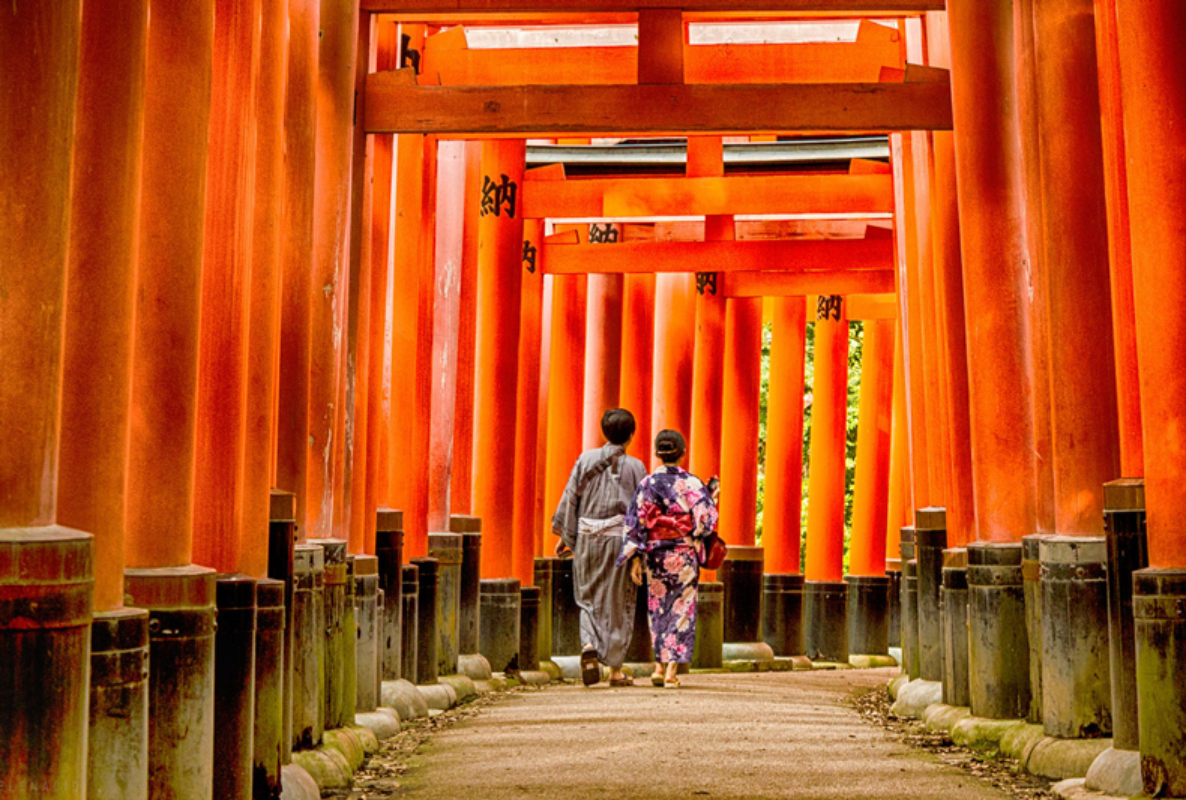
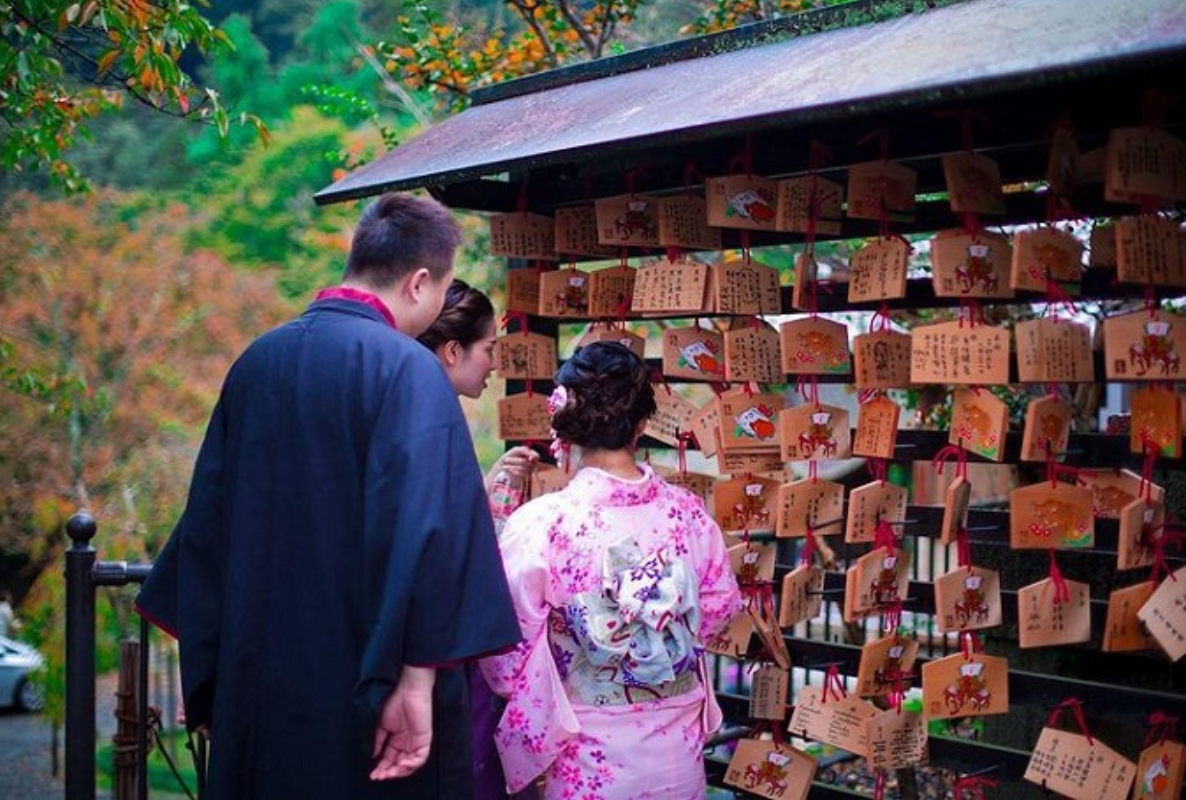
🍽️ Dining Options Near Fushimi Inari Taisha
While Fushimi Inari Taisha itself focuses more on spiritual experiences, the nearby temple town offers quaint eateries serving traditional Kyoto-style cuisine and snacks like inari sushi, a sweet tofu pouch filled with rice honoring the deity. Several small cafes and street vendors provide light refreshments, perfect for a mid-hike pause. Pricing is reasonable, typical of local shrine neighborhoods, and the atmosphere is authentic and welcoming. For a more structured meal, many restaurants near Fushimi Inari Station serve lunch and dinner options. 💡Pro tip: try local specialties early in the day before the crowds swell for a more relaxed dining experience.
💡 Important Visitor Notes and Preparation Tips
Comfortable Clothing and Footwear
The trail up Mount Inari is long and includes many stairs. Wear comfortable walking or sports shoes. Dress modestly and respectfully as this is a spiritual site.
Bring Water and Snacks
Though there are some tea houses and vending machines along the way, carrying water and light snacks is helpful, especially if you plan to hike to the summit.
Check Weather Conditions
Always check the forecast beforehand. Bring an umbrella or raincoat if rain is expected, as trails can become slippery.
Plan Enough Time
Allow at least 2–3 hours to explore the shrine grounds fully. If you only want to see the entrance torii gates, around 1 hour is enough.
Respect and Cleanliness
Keep the shrine clean by not littering and maintain respectful behavior. Avoid loud noises as it is a sacred place.
Appropriate Attire
While traditional wear isn’t required, modest clothing that covers shoulders is recommended. Avoid overly short outfits near the shrine.
Respect the Sacred Space
Maintain silence, refrain from smoking, and avoid unnecessary noise to honor the spiritual atmosphere and local customs.
Hand and Foot Washing Ritual
Use the designated washing stations before entering sacred areas to cleanse your hands and feet as part of the Shinto tradition.
Ask Before Taking Photos
Always seek permission before photographing sacred or restricted areas, and follow staff instructions or posted signs.
Be Mindful of Opening Hours
Fushimi Inari Taisha is open 24/7, but some facilities nearby may have specific hours. Check operating hours before your visit for smooth planning.
These practical tips help ensure a safe, respectful, and enjoyable experience while exploring the beautiful and spiritually rich Fushimi Inari Taisha.
Pro tip: Download the official shrine app if available for navigation and event updates, and bring a light snack to enjoy during the journey.
👨👩👧 Who Should Visit Fushimi Inari Taisha
If you love immersive cultural sites and peaceful nature hikes, Fushimi Inari Taisha is perfect for you. Families with children will enjoy the engaging setting and open space, though the mountain path requires moderate fitness. Solo travelers and couples will find plenty of photogenic, serene spots for reflection and exploration. The shrine is stroller-friendly near the entrance but can be challenging further up the mountain for elderly visitors or those with mobility issues. As someone who isn’t a fan of crowded places, visiting either very early or late gave me the perfect balance of solitude and beauty.
🏁 Final Thoughts on Visiting Fushimi Inari Taisha
What makes Fushimi Inari Taisha truly memorable is the striking combination of vibrant color, spiritual depth, and the gentle mountain hike that feels like stepping into another world. Crowds can be a downside during midday, but planning ahead and staying nearby makes a big difference in enjoying the space peacefully. There’s a profound sense of calm and wonder here, whether you come to pray, explore, or just marvel at the famous torii gates. Consider booking hotels near Fushimi Inari Taisha for convenience, and look up flights to Kyoto well in advance to secure the best deals. Exploring this shrine is a must when discovering things to do in Kyoto.

